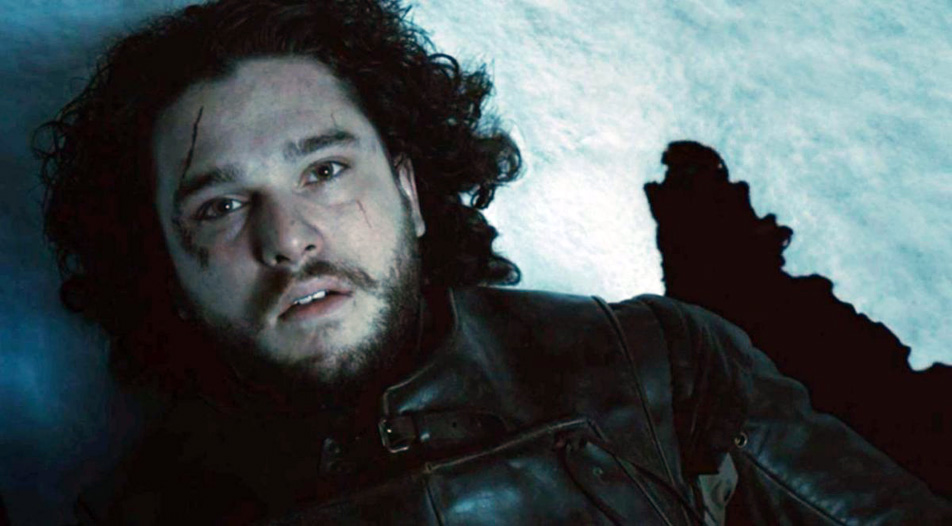
Jon Snow in Game of Thrones. Photo courtesy: HBO
Most professional writers will tell you not to chase the marketplace. But if you’re working with an agent or manager, they will urge you to write what is currently on trend. The days of selling spec features are long gone. Yes, it does still happen, but it’s not reasonable to plan on it happening. Today, it’s all about television: network, cable, but mostly streaming. And that’s a very good thing for writers.
But if all you have are feature specs, does that mean you have start from scratch? Luckily, no, you don’t. You can rework your feature into a dramatic TV pilot. Here are seven things to keep in mind.
No. 1: Characters in perpetual conflict
One could argue that feature movies are really just fairy tales, with a beginning, middle and end. TV shows, however, are all really soap operas with a beginning and a middle, and a middle and more middle. Resolution may only come when the show is going off the air. A show like Game of Thrones is a good example. Yes, it’s fantasy and the dragons are amazing, yes, it’s action and there are brutal battles with magical weapons, but at the end of the day, we all want to know if Daenerys is going to end up with Jon Snow. The more conflict you can bestow onto your characters, the better. Cersei and Jamie Lannister aren’t just lovers, they are brother and sister, adding that extra layer of conflict. Tyrion isn’t just the black sheep of the family, he’s also a dwarf, adding more conflict. In TV, conflict is king.
No. 2: Decompress your timeline
In a feature screenplay, we often have to compress a lot of story into a two-hour feast. For a TV show, you get eight to 12 hours (more if it’s on a major network or goes into multiple seasons) to tell your story, so you’ll need to really parcel out the story in bites. Focus on your first act of the feature screenplay. Find the conflict and add another layer. It will feel like little is happening in your pilot as compared to your feature screenplay, but that is the point. Your pilot only needs set up a world where a larger story can take place over many hours.
Anna Brewster and George Blagden in Versailles (2015). Photo courtesy: Ovation
No. 3: Make it bingeable
It’s imperative that there’s a hook in the final scene of your pilot to make sure your audience is desperate to watch the next episode. Every network, from Hulu to ABC, is looking for the next show people want to binge. The pilot for Ovation’s Versailles has a jaw-dropping twist/hook that locked me in (I don’t want to spoil it, watch it for yourself on Netflix).
No. 4: Create a teaser
The teaser will be two to three pages that will introduce the reader/viewer into the world of your pilot. It will tease the main conflict of the show. This will also need to have a hook to ensure the viewer will want to keep watching.
No. 5: Put it into four, five or six acts
Even if you are writing a show you know will only work on cable or for a streaming service like Netflix, put it into acts. This will help both you and your reader navigate where they are in the story. Find the pilot script from a show you like that is similar in tone to the one you are writing (there are several websites dedicated to sharing screenplays & teleplays, I’ve also had luck on Reddit). Six acts seems to be popular nowadays but the standard four still works. I promise you’ll be glad you added this extra step.
No. 6: Create a show bible
Every studio or producer will expect this. The bible summarizes the story you envision for the next eight to twelve episodes. Use an active voice as you write the summary for each upcoming episode, and don’t make them too long. One paragraph for each episode works. Also include character bios and a summary of the major story arc for the season. Think of this as your sales pitch and include why people will want to watch the show (e.g. it’s a untold story, or it’s groundbreaking in some way, or it sheds light on something happening in society today).
No. 7: Page count
55 to 65 pages is good for a dramatic pilot. Do not go over 65 or under 55.
Do you have a feature you want to turn into a TV pilot? Let us know!